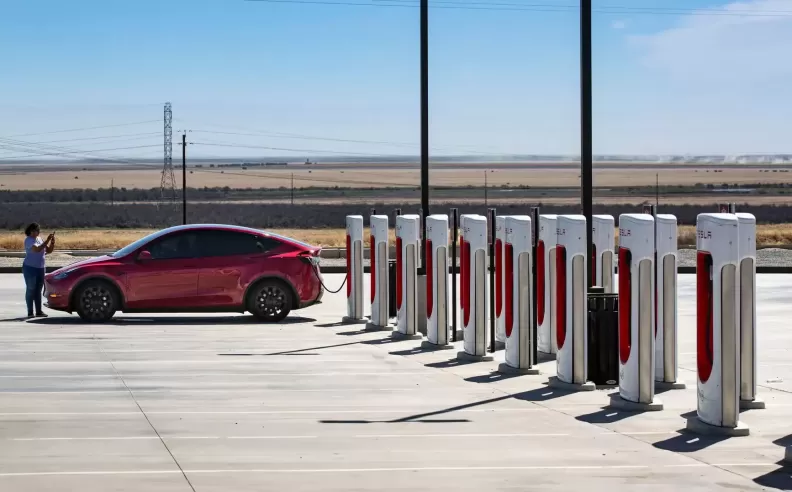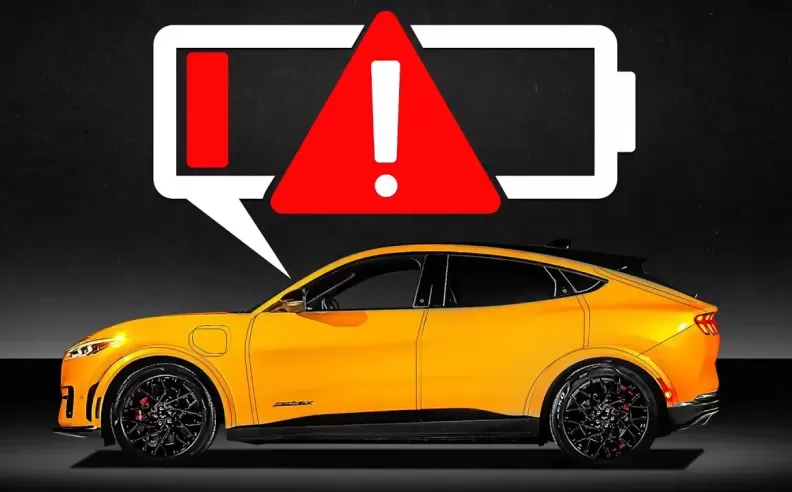
With electric vehicles becoming more popular across Saudi Arabia and the UAE, many drivers are wondering how EV batteries perform under the extreme heat of Gulf summers. Can they handle over 45 degrees Celsius without losing efficiency? This article breaks down the facts, the tech, and the results from real drivers to answer one of the region’s most pressing EV questions.

While most modern EV batteries are built to operate between minus 20 and 55 degrees Celsius, temperatures above that threshold can temporarily reduce performance. Automakers like Tesla, BMW, and Mercedes test their vehicles in desert climates to ensure they withstand high-heat environments. The real challenge is that lithium-ion batteries are thermally sensitive, and excessive heat can slowly degrade internal cells. Most of the time, smart cooling systems kick in to maintain optimal battery temperatures, but in extreme Gulf heat, some energy is used to power these systems, which slightly reduces range by up to 10 percent.

Real world use in Saudi Arabia and the UAE proves that some models outperform others when it comes to hot-weather endurance. The Tesla Model Y, thanks to its active liquid cooling, keeps range drop below 7 percent even in the middle of summer. Over in Dubai, the Mercedes EQE also performs well, maintaining strong efficiency due to its thermal management system. Meanwhile, Hyundai Ioniq 5 drivers in the UAE have reported smooth charging and stable performance even when using fast chargers at midday. For those seeking a sleek alternative, the Hyundai Ioniq 6 also earns high marks for battery reliability in hot conditions.

To protect EV battery life in high temperatures, experts suggest parking in shaded or air-conditioned areas and avoiding repeated fast charging during peak heat. It’s also smart to keep your daily charge between 20 and 80 percent and avoid leaving the car fully charged for long periods. Most EVs now receive software updates that improve heat control, so staying up to date is essential. Lastly, having the cooling system checked regularly by certified dealers ensures long-term battery health.

In high temperatures, fast charging can raise battery heat even further. However, most premium EVs come with advanced cooling systems that prevent overheating during charging. That said, many experts still recommend slow or overnight charging during extreme summer days, especially when the temperature exceeds 45 degrees Celsius. In Saudi Arabia, many EV owners prefer to use indoor or shaded charging points. Similarly, in the UAE, the rise of climate-controlled charging stations has made it easier to safely charge even during peak hours without significantly impacting battery health or range.
Not if drivers follow smart habits. With proper use and maintenance, EV batteries in the Gulf can last 8 to 12 years, just like in cooler climates. Modern models like the Tesla Model Y, Mercedes EQS, and Hyundai Ioniq 6 include intelligent battery management systems that reduce wear even in extreme heat. As long as drivers avoid repeated fast charging during midday, maintain regular software updates, and allow the thermal system to function properly, their EV batteries are well equipped to survive and thrive in the Gulf environment.

Started my career in Automotive Journalism in 2015. Even though I'm a pharmacist, hanging around cars all the time has created a passion for the automotive industry since day 1.
